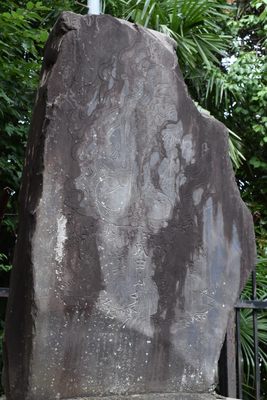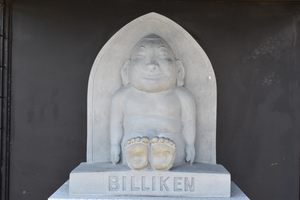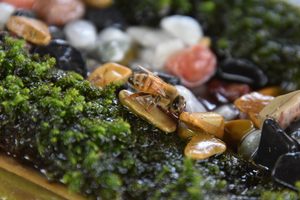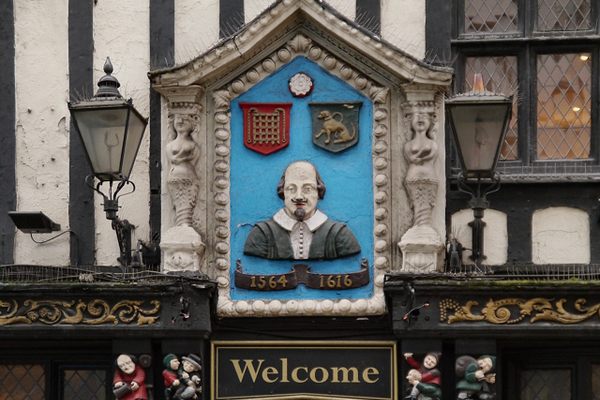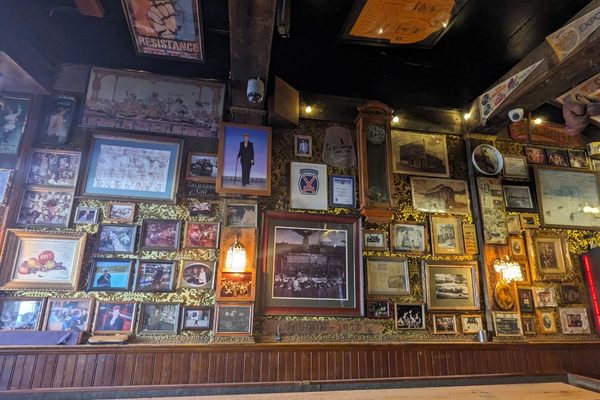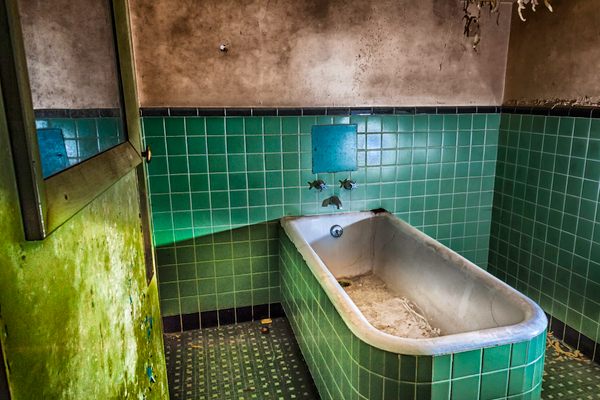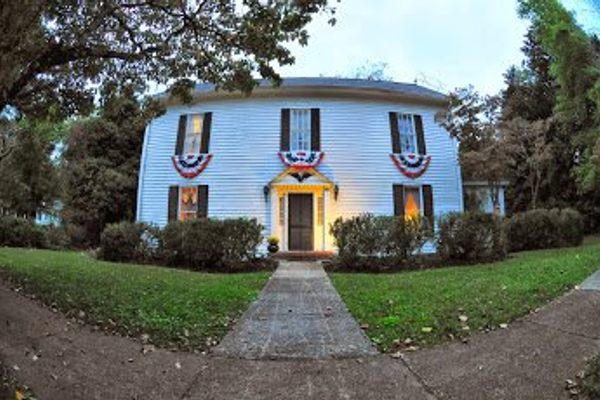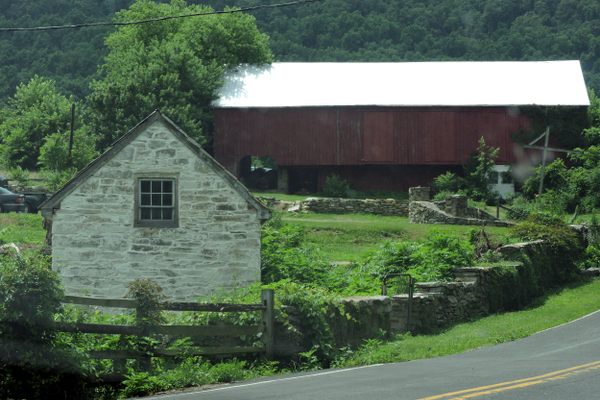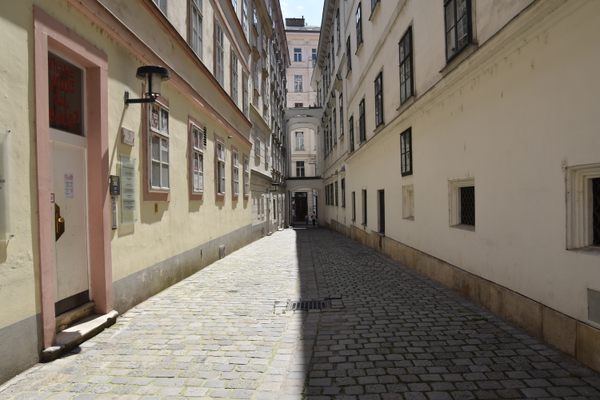About
Before the Internet era, television was incredibly influential. In Moriya, a rural suburb one hour north of Tokyo, an unusual traffic jam was once caused by rumors of paranormal phenomena spread on prime time.
It all began in 1975, when a local girl claimed to have seen ghostly faces on an old, half-forgotten stele. Standing at the back of a community center, adjacent to a cemetery, the stele depicts Acala, or Fudō-myō-ō, a wrathful Buddhist deity, but its date is unclear, perhaps a century old or so.
The girl’s claims brought out the whole neighborhood of Koya-Nakatsubo to witness the phenomenon, some of them also seeing a sort of spirit, including an old man, a woman, a baby, and even a cat.
The phenomenon in Koya, Moriya, was soon featured on TV, informing the rest of the country of the strange case of the Obake-ishi (“ghost stone”). The curious and the amused drove all the way to Moriya to see it, causing a major traffic jam on weekends.
As TV producers, psychic mediums, and summer holiday-goers came flocking to the site, it briefly became a busy tourist spot, but by fall of the same year it was all but forgotten, people moving on to a new trend.
Years later, some delinquent defaced the stele by spray-painting on it. The city installed an iron fence to protect it, barring access, and today few remember the “haunting,” let alone pay the site a visit.
Related Tags
Know Before You Go
The stele stands in a public space, accessible at all times, but it’s best to visit it during the day as it’s a residential neighborhood about 20 minutes away from the nearest station (Minami-Moriya).
Incidentally, the area is known for its association with Taira no Masakado, a 10th-century samurai lord infamous as one of the big three of Japan’s vengeful spirits. There is a temple purportedly founded by him, for instance, right at the back of the Acala stele.
Hidden Japan: Sado Island, Nara & Kyoto
Explore a different side of Japan.
Book NowCommunity Contributors
Added By
Published
July 25, 2024

